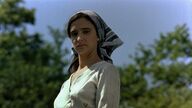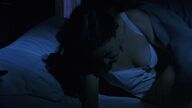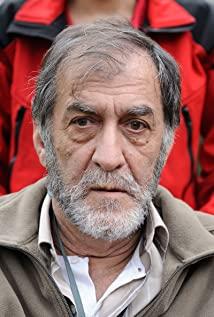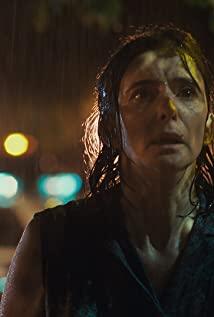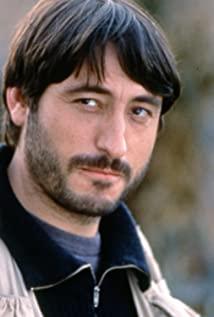A movie that should have been watched a long time ago, and I just had time to watch it. The "Red Squirrel Murder" and
"Killer. Butterfly. Dream" that he directed before were all imaginative themes. "It goes without saying that at the end,
it was like entering a fantasy, and the bizarre plot of the latter was quite surprising. The killer was finally submerged in the muddy water and was
crushed by the staff of the mental hospital, looking at the idiot girl with hope. But the shot of just picking up the piece of
chocolate leaving is "shocking" enough.
"Cow" is an epic realism, the epitome of two families in the Spanish historical picture spanning three generations. Perhaps
this expression is not bizarre. Many directors have tried it, but they can be very successful in one and a half hours.
It’s rare to see such a vivid and attractive narrative of decades of history in this film, and the film does not deliberately emphasize the
“sad color” of history (we can see that Hou Hsiao-hsien’s “Sad City” is somewhat similar, although it does not. It must be deliberately
emphasized, but at least the tragic history of history is the first element), of course, we all know the special and painful position of Spain in the entire history of modern warfare in
Europe . The cow is a cultural symbol witnessed by history. The recurring
bull's eye with the flies on it seems to symbolize the ruthless bystander of human history (I secretly think that Peru's later documentary meaning as an American
war correspondent is a metaphor for "bull's eye"), or the hilltop
Scarecrow wielding a scythe , that dark burial place - the cave.
Julio Mittan seems to want to replace lyricism with realism, he knows too well that real emotion exists in that simple
reality, just like the shooting that also appeared in "City of Sadness" and at the end of this film ("City of Sadness"). "Sad"
leaves room for your imagination to arouse your tear ducts with the sound of gunshots without a set), while "Cow" is a naked live performance, which is
In this way, Peru's final dialogue is not grief, but "I took a lot of pictures, but the camera was confiscated
", and the camera that was expected to be lost was actually hanging around his neck, even to himself. It might be a happy ending for him and his lover to
ride away together (the only thing I don't know is whether they are
half -siblings? If so, isn't it... ........).
What is the writing of history, and to what extent does the image, as a recorder, represent the
reality of history and the dynamic sensory intuition?
Who is writing and who is being written?
A death without a funeral A
real killing on the battlefield
A love full of tension under the beauty of the Spanish countryside A historical cow
passing in the eyes of a bull
View more about Cows reviews



